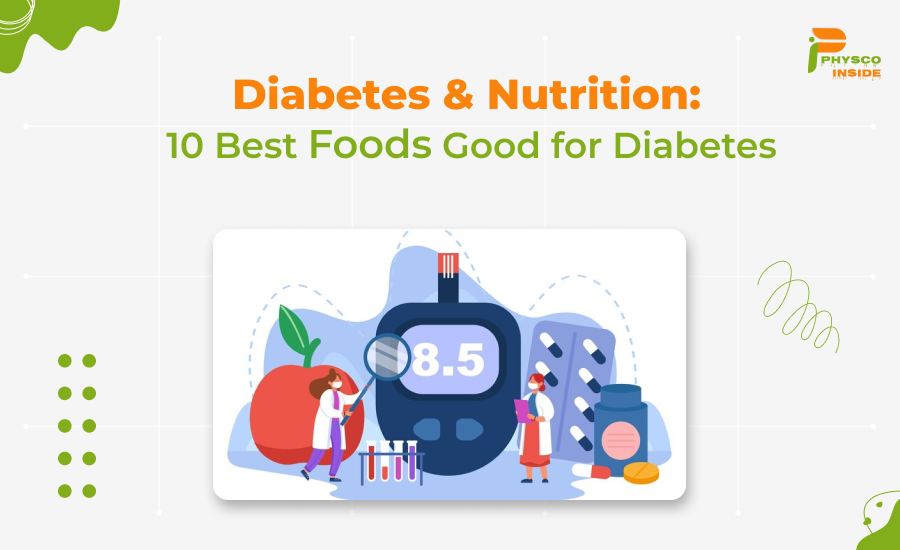Introduction
Diabetes is one of the most Alarming & morbid Diseases all over the world. One of the main reasons for Developing Diabetes is our Negligence related to our diet and Nutritional patterns. But no need to be worried, it can be managed or cured by using some particular Diabetic-Friendly Nutrient-rich diets. but before delving into the details of those foods, you should know the complete basic information related to Diabetes. so I am happy to state that you have found the right blog article for your search intent related to the Diabetes & Nutrition association with In-depth and complete knowledge. so let’s start reading this blog to get knowledge about your desired search intent.
What is Diabetes?
Diabetes is a Prolonged Metabolic Disorder Characterized by raised blood glucose levels(Hyperglycemia), Resulting from Insufficient insulin production or the body’s Inability to consume insulin effectively. Insulin, a hormone produced by the Pancreas, Regulates glucose Absorption into cells for energy.
Types of Diabetes:
Type I Diabetes
Type 2 Diabetes
Gestational Diabetes
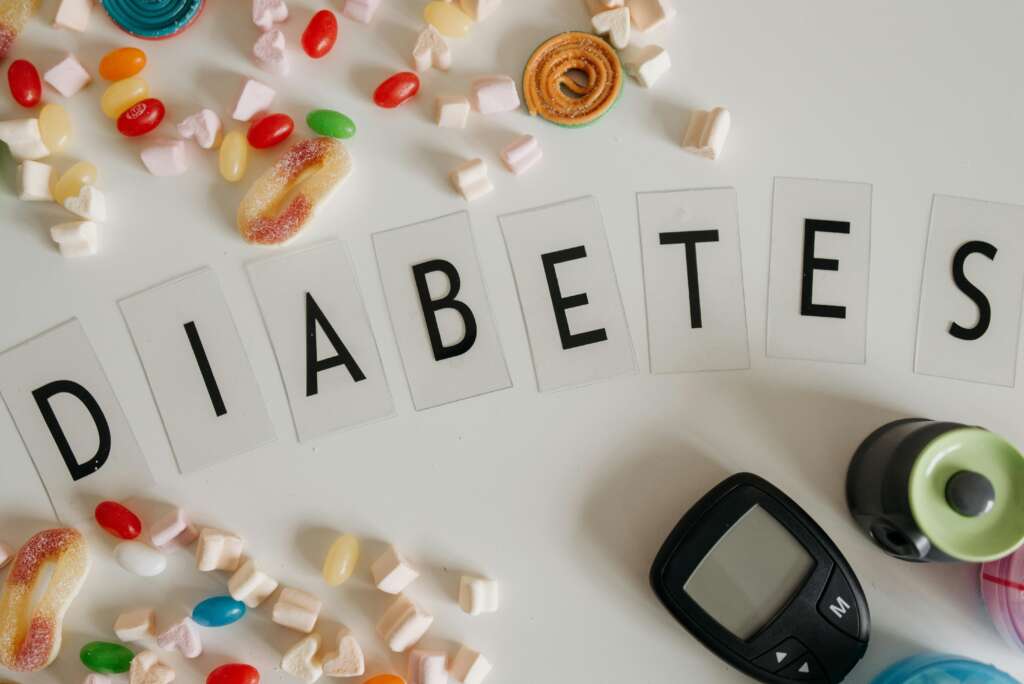
Global Diabetes Prevalence
More than half a billion people are living with Diabetes worldwide, Affecting men, women, and children of all ages in every country, and that number is projected from 529 million to 1.3 billion by 2050. (The Lancet Journal)
Diabetes is one of the most common chronic diseases in the world. According to the CDC (Center for Disease Control) national diabetes statistics report, about 90-95% of Diabetics are type 2, while only 5-10% have type 1.
Common Features of Diabetes
Insulin’s Role
In both types of Diabetes, insulin is Essential for glucose Regulation. Glucose Regulation means Maintaining Hyperglycemia and Hypoglycemia situation.
Risk Factors
Complications
Long-term Complications include
The Relationship between Blood Glucose (Diabetes) and Nutrition
Effect of Nutrition on Blood Glucose
Following are some vital Macronutrients for Maintaining blood glucose levels. Because the Disturbance of it can lead to Diabetes Diseases.
Proteins and Fats ( Macro-Nutrients)
Carbohydrates
Outlook for Blood Glucose Control
Following are the 2 main terms that are very important to control your Blood Glucose.
Glycemic Index Awareness
Portion Control
The Power-Packed List: Top 10 Diabetic-Friendly Foods
We should set out on a food Excursion(short trip) through these Diabetic-Friendly Superfoods. These are the foods that are Strongly recommended by the Top-rated nutritionists & Dietitians Globally. These foods will also show the Interaction between Diabetes & Nutrition.
1. Blueberries
Nutritional Profile
Blueberries are Enriched with Antioxidants, mainly anthocyanins, which contribute to their vibrant variety and offer numerous health benefits.
How does it work as a treatment?
Blood Glucose Regulation
Researchers suggest that Blueberries may help in Managing blood glucose levels, making them a potential asset in Diabetes treatment.
Inflammation Reduction
The Anti-inflammatory Properties of Blueberries may improve oxidative stress, a common concern in Diabetes.
Addition to the Diet
Adding Blueberries to a Well-balanced diet can provide a Delightful and Nutritious way to connect their potential benefits, supporting overall health and diabetes management.

2. Fatty Fishes
Key Nutrients
Fatty fish, such as Salmon, Mackerel, and Sardines, are Enriched with omega-3 fatty acids. These Essential fats have Anti-inflammatory Properties, Supporting overall health.
Principal of treatment
Insulin Sensitivity factor
Regular Consumption of fatty fish may enhance insulin Sensitivity, a key factor in Managing Diabetes. Omega-3s Contribute to better glucose Regulation.
Cardiac Health Benefits
Beyond Diabetes management, fatty fish supports Cardiovascular health, Reducing the risk of problems Associated with Diabetes.
Addition into diet
Incorporating fatty fish into a Balanced diet offers a valuable approach to Diabetes treatment, showcasing its multifaceted benefits in supporting insulin sensitivity and overall well-being.

3. Cinnamon
What is the Connection?
Cinnamon, a popular spice, has gained attention for its possible role in diabetes management. Studies suggest that cinnamon may enhance insulin sensitivity, helping in better blood Glucose control.
The treatment principle of Cinnamon
Cinnamon contains bioactive compounds that mimic insulin’s function, assisting cells in utilizing glucose more efficiently. It also helps lower fasting blood glucose levels.
Addition into diet
Cinnamon Tea
Enjoy the therapeutic effects by incorporating cinnamon into your daily tea routine.
Sprinkling on Meals
Add cinnamon to various dishes for flavor and potential health benefits.

4. Oats
Key Nutrient Profile
Oats are abundant in essential nutrients like soluble fiber which helps in blood Glucose control.
Principal of treatment
Impact on Blood Glucose:
The soluble fiber in oats slows digestion and absorption, avoiding rapid spikes in blood glucose levels.
Heart Health Benefits:
Oats contribute to cardiovascular health, reducing the risk of heart-related complications often associated with diabetes.
Enhanced Insulin Sensitivity:
Regular oat intake is linked to enhanced insulin sensitivity, vital for individuals with diabetes.
Adding to Diet:
Adding oats into a well-balanced diabetic diet can be a valuable approach for helping stabilize blood Glucose levels and overall health.

5. Quinoa
Nutritional Profile
Quinoa, a cereal-type product, is famous for its excellent nutritional composition. Rich in fiber, protein, and essential nutrients, it offers numerous health benefits.
Effect on Blood Glucose Levels
It is well known for its low glycemic index, which promotes steady blood Glucose levels. The fiber content helps in slowing down digestion and preventing rapid glucose spikes—making it an ideal choice for individuals with diabetes.
In addition to the Diabetic Diet
Easily adaptable to various dishes, quinoa serves as a multipurpose and tasty other to traditional grains, offering a diabetes-friendly option that supports overall well-being.
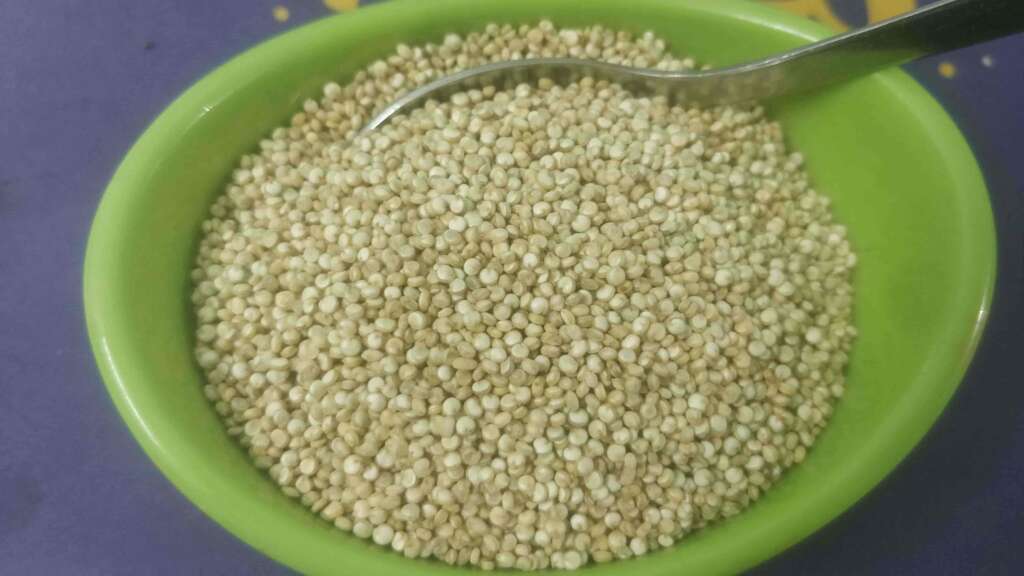
6. Brown Rice
Nutritional Profile
Brown rice, a whole grain, holds its outer bran layer and germ, making it a nutritional capital compared to white rice.
Impact on Blood Glucose Levels
Rich in Fiber
Low Glycemic Index
Brown rice has a lower glycemic index, causing slower and steadier rises in blood Glucose.
Inclusion into Diabetic Diet

7. Leafy Greens (Vegetables)
Nutritional Profile
Leafy greens, such as spinach, kale, and collard greens, are rich in essential nutrients. They contain vitamins, minerals, and antioxidants beneficial for overall health.
How does it work as a treatment?
Blood Glucose Regulation
Antioxidant Properties
Fiber Content
Adding as Diet
Incorporating leafy greens into the diabetic diet offers a low-calorie, nutrient-dense option. Their exceptional nutritional profile makes them an effective component in managing diabetes and promoting overall well-being.

8. Poultry: Low-Fat Protein Source
Individuals with diabetes often pursue optimal dietary choices. Poultry appears as a valuable addition due to its nutrient profile and health benefits.
Nutritional Profile
Poultry, such as chicken and turkey, provides lean protein crucial for muscle health without excessive saturated fats.
How does it work as a treatment?
Blood Glucose Regulation:
Protein-rich diets, including poultry, contribute to improved blood Glucose control and insulin sensitivity, supporting diabetes management.
Adaptable and Nutrient-Dense:
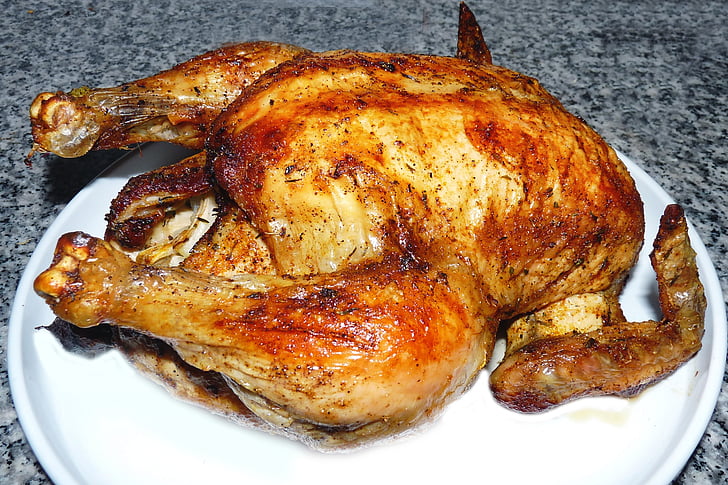
9. Greek Yogurt
Understanding Greek Yogurt:
Greek yogurt, an edgy yogurt type, is renowned for its thick texture and rich taste. It undergoes a process of removing excess whey (type of protein) and absorbing nutrients.
Diabetes-Friendly Features:
With higher protein content and lower carbohydrates compared to regular yogurt, Greek yogurt helps manage blood glucose levels. Protein helps in satiety, promoting weight control, a key factor in diabetes management.
Probiotics and Blood Glucose:
The presence of probiotics (type of living bacteria) in Greek yogurt supports gut health, possibly influencing insulin sensitivity and inflammation, essential factors in diabetes treatment.
Inclusion into a diabetic diet
Incorporating Greek yogurt into a balanced diet offers a delicious and nutritious taste for individuals managing diabetes.
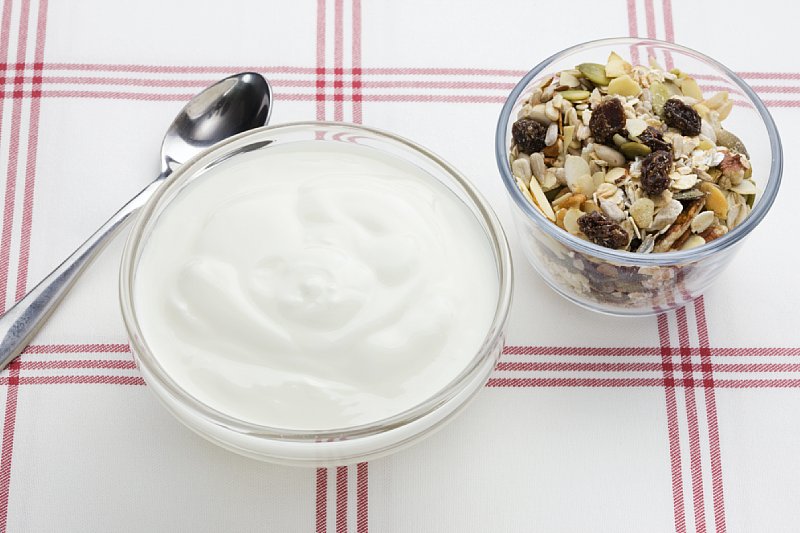
10. Nuts and Seeds
Nutritional Profile:
Nuts and seeds are rich in fiber, healthy fats, and essential nutrients, making them valuable additions to a diabetes treatment diet.
How does it work as a treatment?
Heart Health Benefits
Omega-3 fatty acids in definite nuts and seeds support cardiovascular health, crucial for individuals with diabetes who are at an increased risk of heart-related complications like CVDs.
Blood Glucose Regulation
The fiber content slows down digestion and glucose absorption, preventing rapid spikes in blood glucose levels. Healthy fats help to improve insulin sensitivity.
Addition into diet
Balanced Snacking
Nuts and seeds provide a satisfying and nutritious snack option, helping in weight management—a key feature of diabetes care.
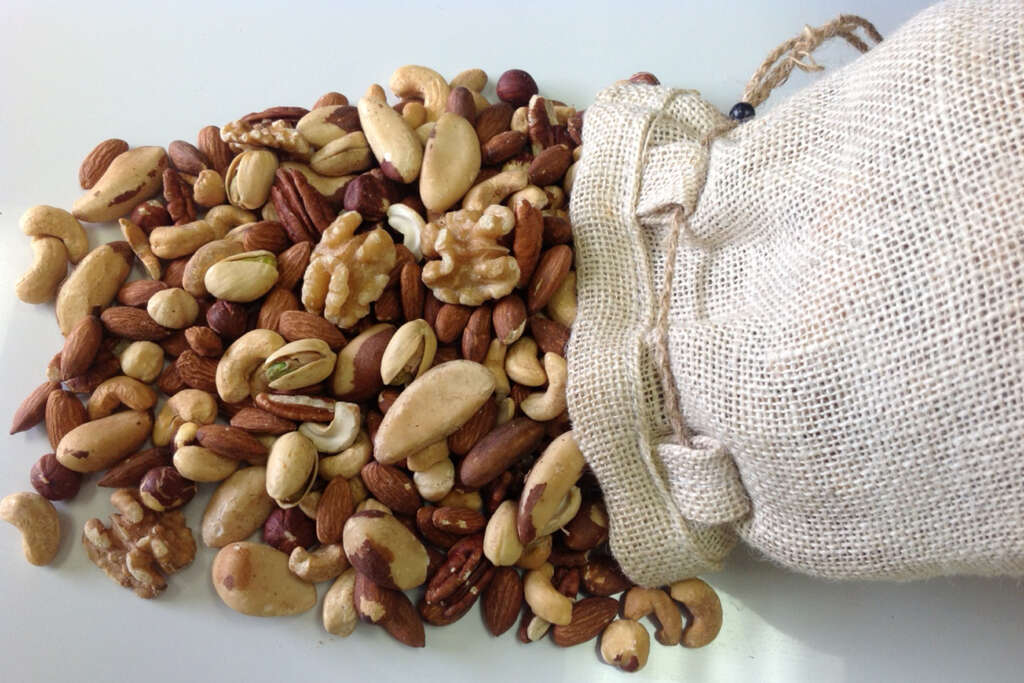
Extra Tip Food from my side
Legumes
Nutritional Profile:
How does it work as a treatment?
Protein Source
Fiber portion of legumes
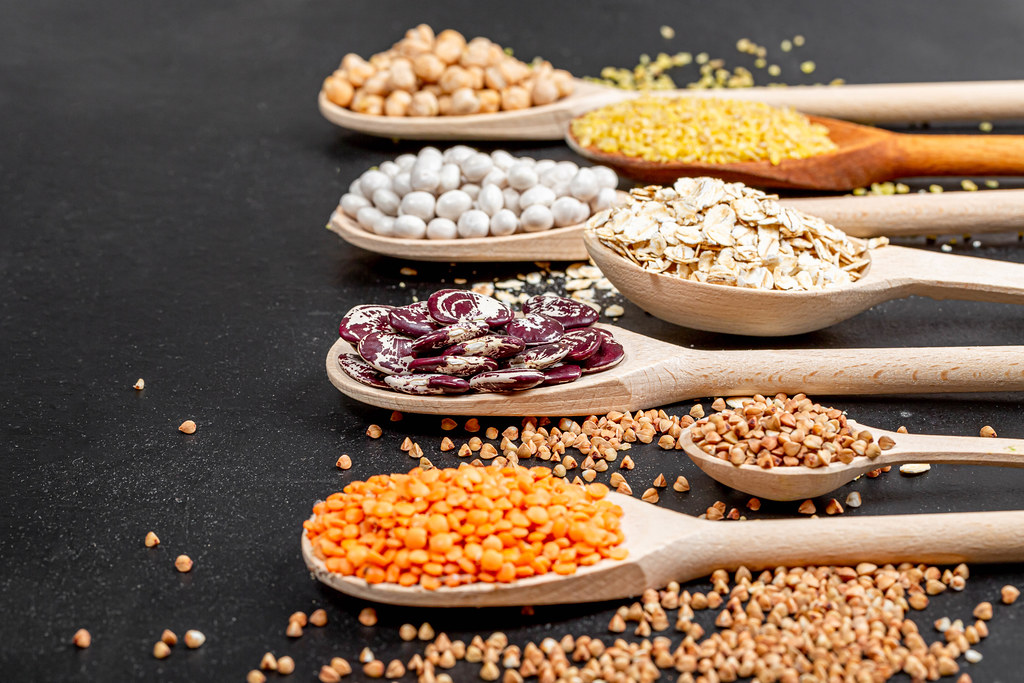
Conclusion (Diabetes & Nutrition Supportive)
After reading the whole article blog, I am sure that you have gotten well enough knowledge about the Diabetes & Nutrition Association with each other. After reading this blog article, One can easily understand, how nutrition or diet directly interferes with your Diabetes management. All the above-mentioned diets or foods are easily accessible and easy to use for everyone. so it is recommended to adopt them in your diet if you are in search of some diabetic-friendly diets.
Get In Touch With Us for Your Diet Plan
At the Physcoinside platform, we understand the significance of Diabetes & Nutrition Interaction. This platform has focused programs dealing with Diabetes friendly diets and their utilization charts.
We don’t give you a static diabetic-friendly diet in general. We do a complete consultation with you to understand your likes and dislikes, pre-existing medical conditions, lifestyle, etc., and talk about those and consider them.
And based on this meeting, we provide you a personalized diet chart, filled with foods you enjoy, so that you don’t feel depressed.
Our idea is drawn from the wisdom of the traditional Pakistani kitchen, which is abundant with diabetic-friendly foods for individuals. We believe that our early food principles are being largely unnoticed these days, and we want to bring native kitchen wisdom back into our modern lives.
We don’t just leave you with a plan – we remain a part of your ride, there for you with any questions or ambiguity you may face along the way. The goal is to sustain your body, provide the best nutrition to support your body and get it ready to promote a new life.
FAQs (Diabetes & Nutrition)
A: Whole grains like oats and quinoa are rich in fiber, helping in stable blood Glucose levels. They also provide essential nutrients for overall health.
A: Yes, balancing carbohydrates, proteins, and fats is important. This helps steady energy levels, avoids blood Glucose spikes, and supports overall well-being.
A: Yes, particular foods play a crucial role in diabetes management. These options like blueberries, leafy greens, and fatty fish, are known for their positive impact on blood glucose levels.
A: Portion control is essential. Managing portion sizes helps control calorie intake, prevent excessive glucose levels, and support weight management for improved diabetes control.
A: Yes, milk products can be included. Select low-fat options like Greek yogurt, which offers probiotics and protein with fewer carbohydrates.

